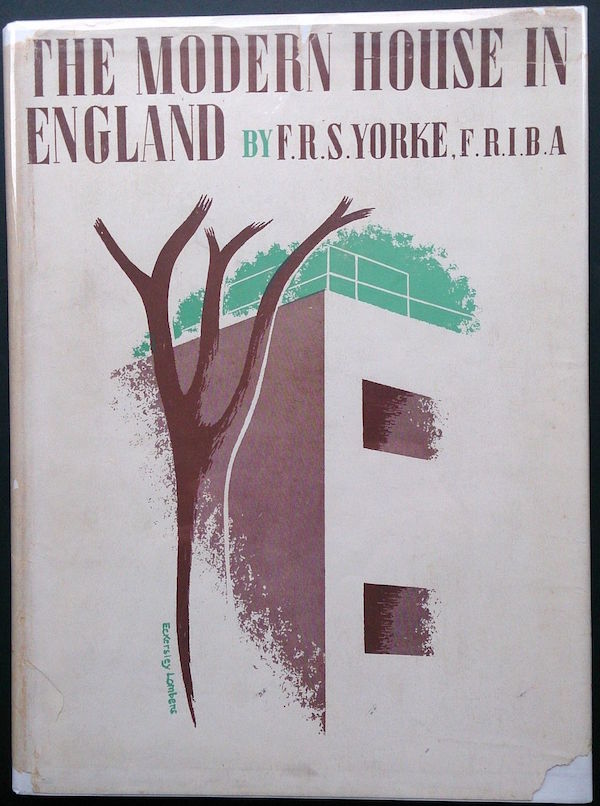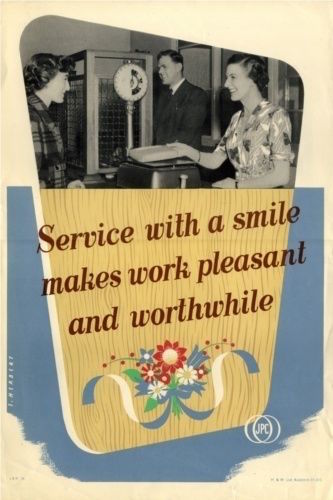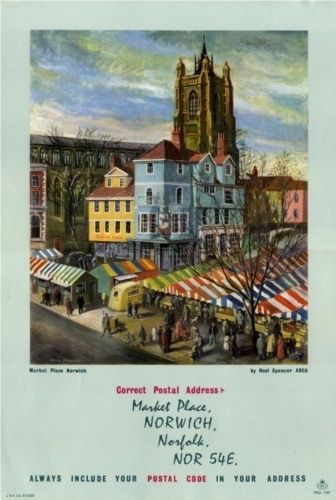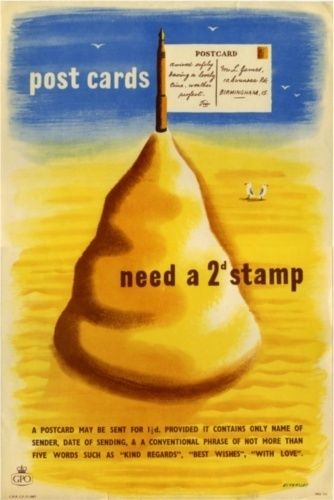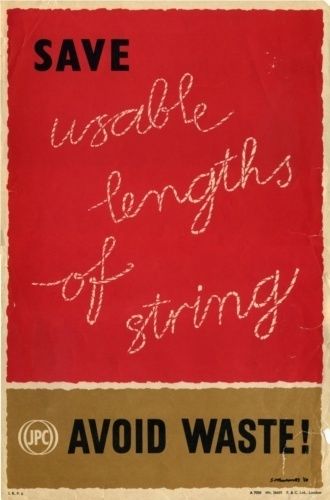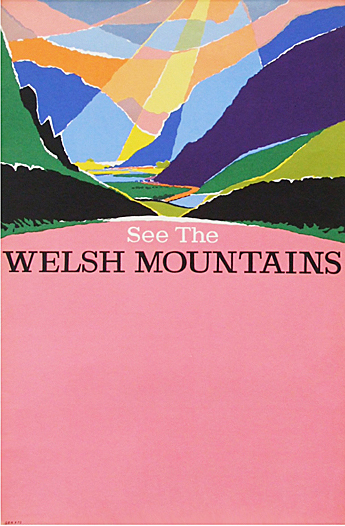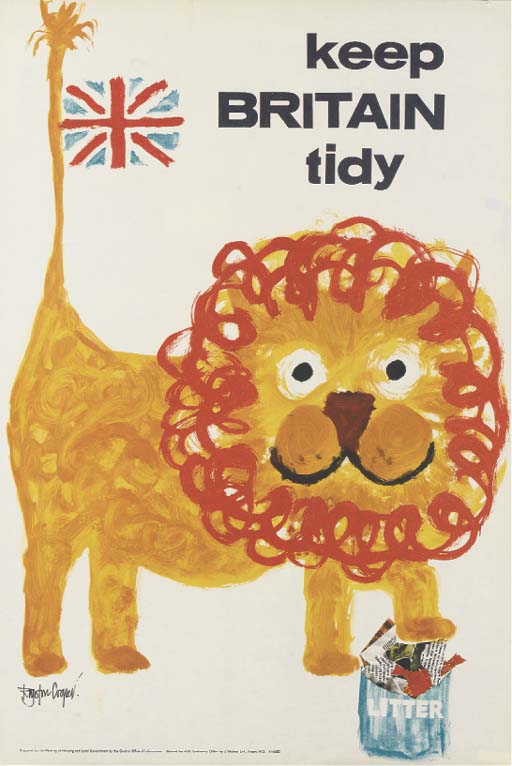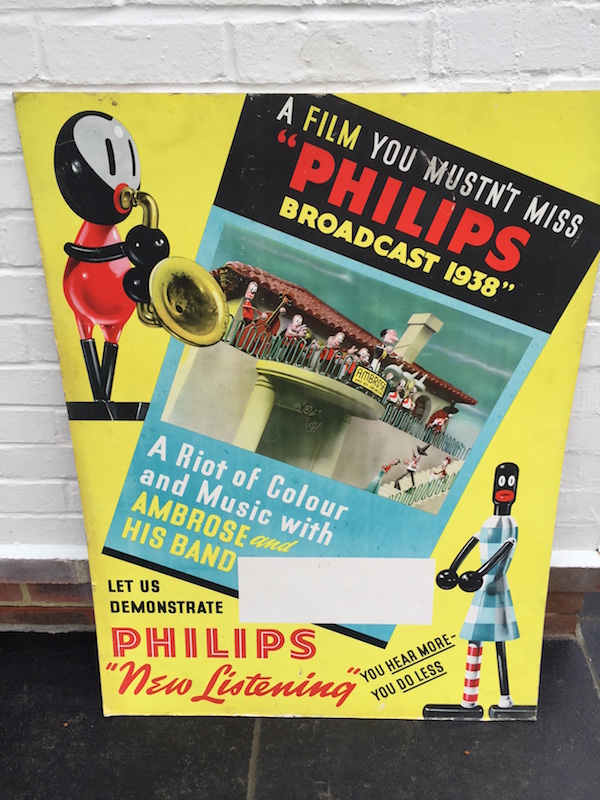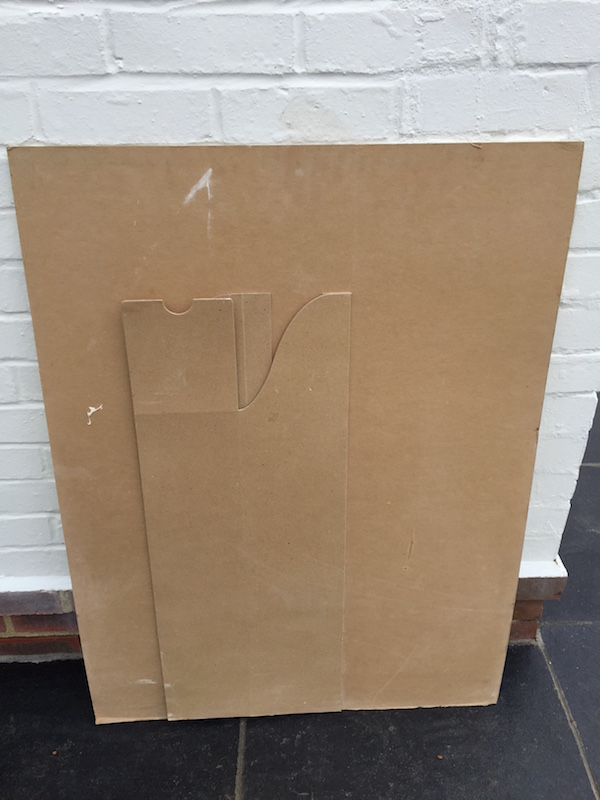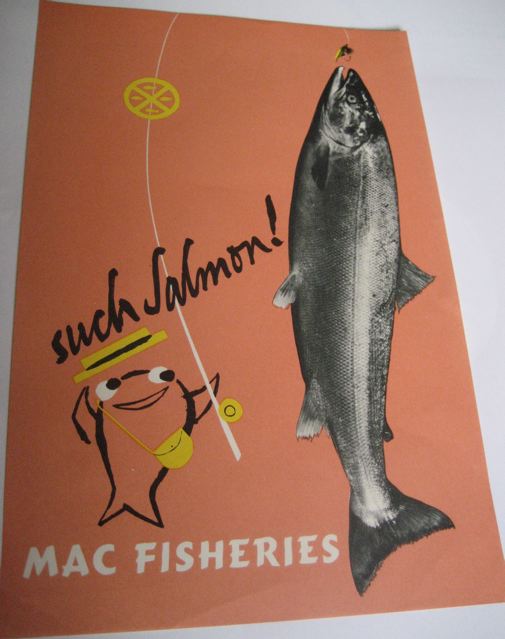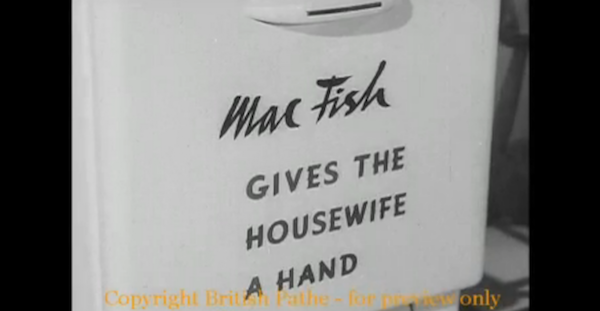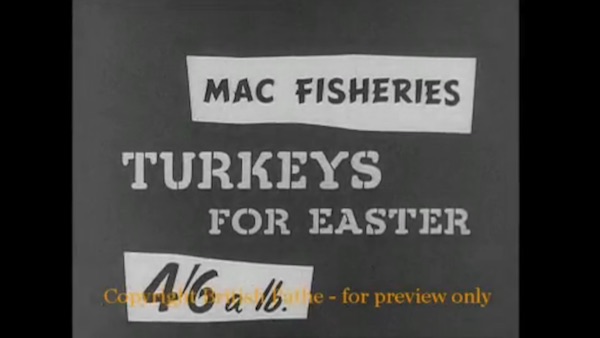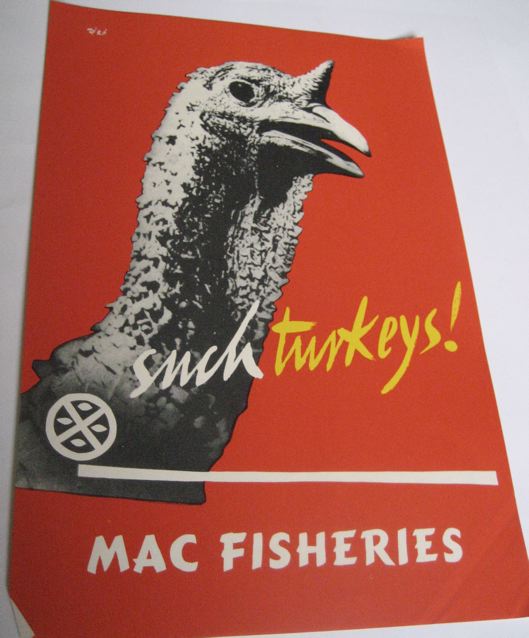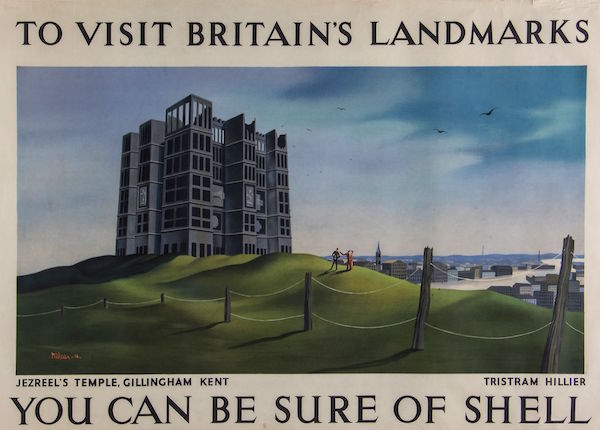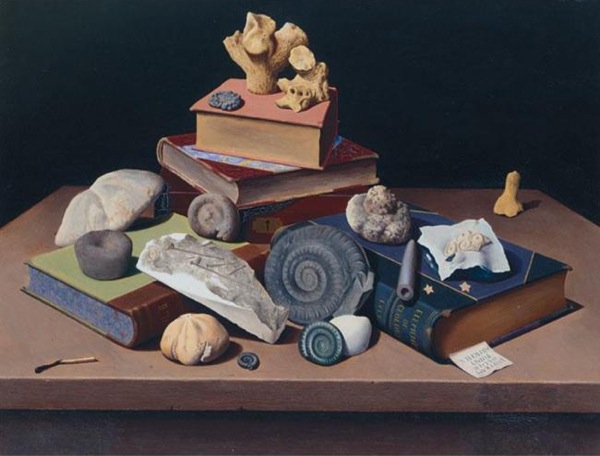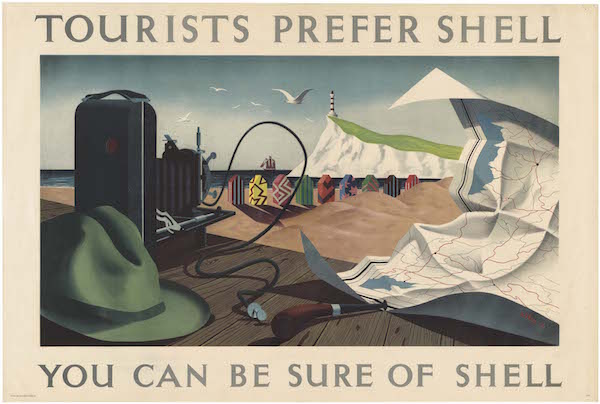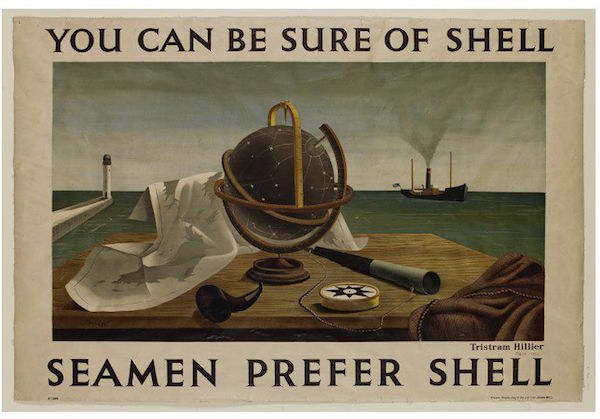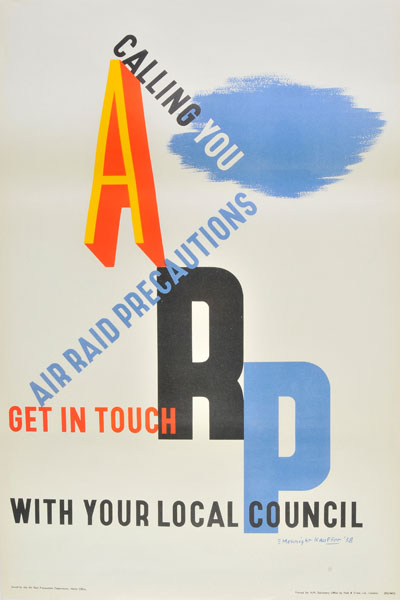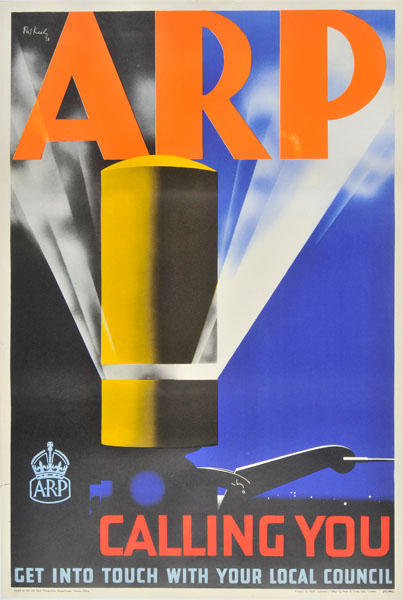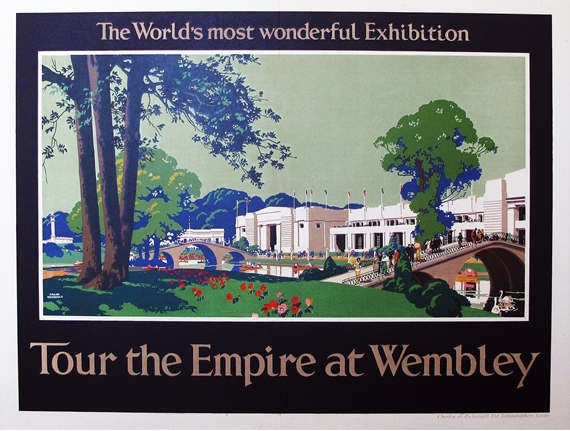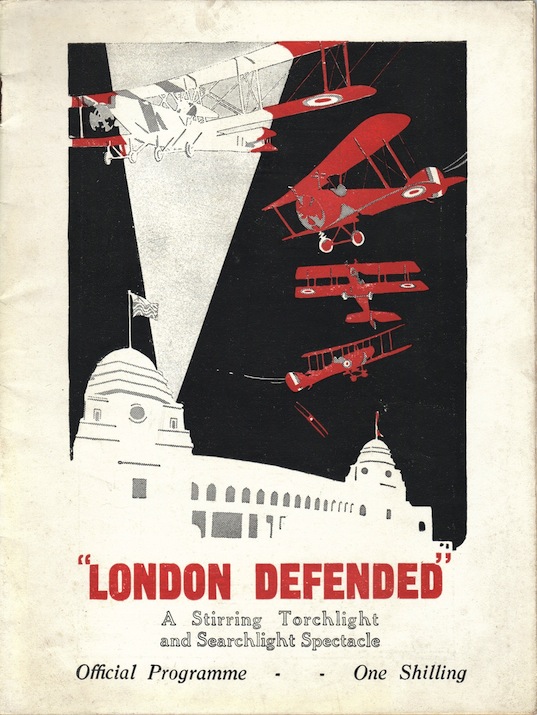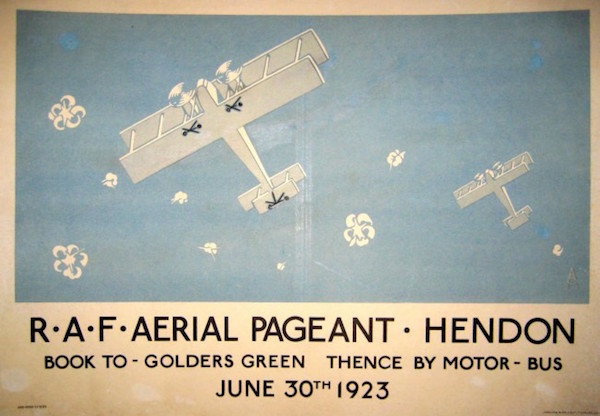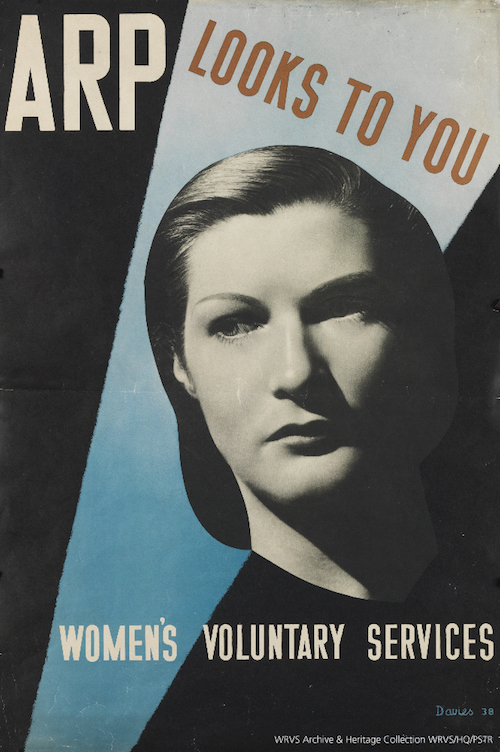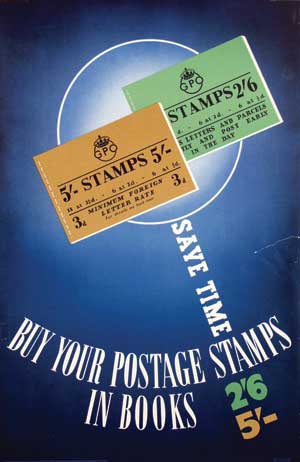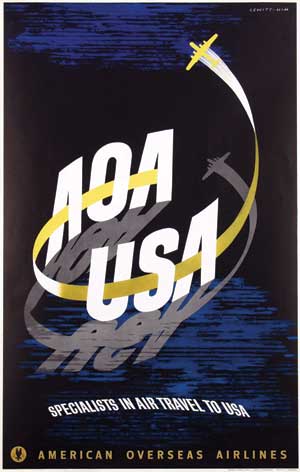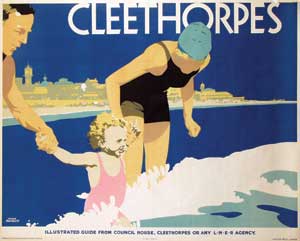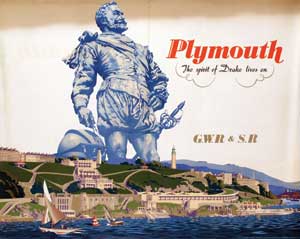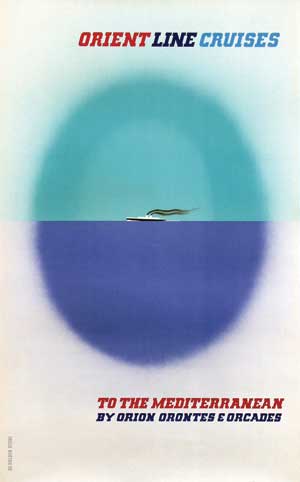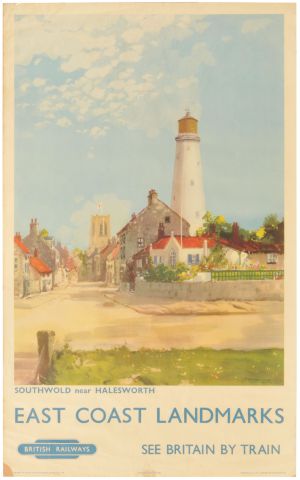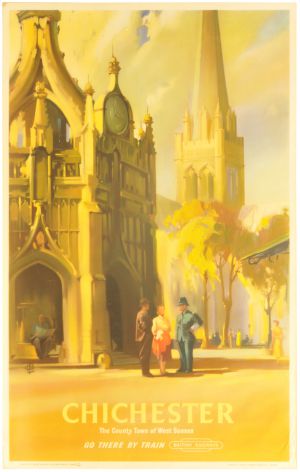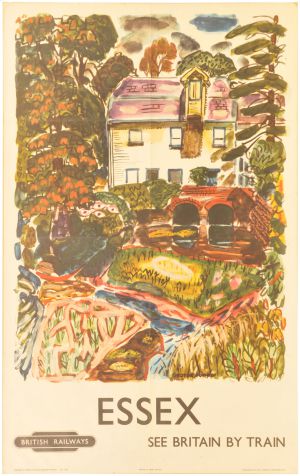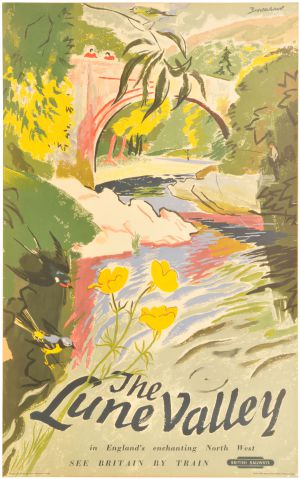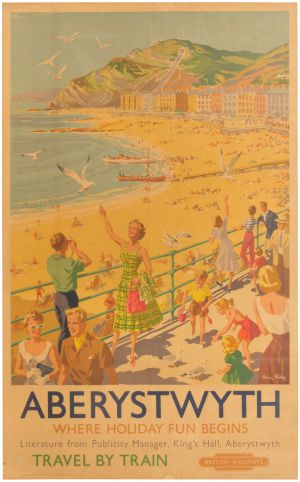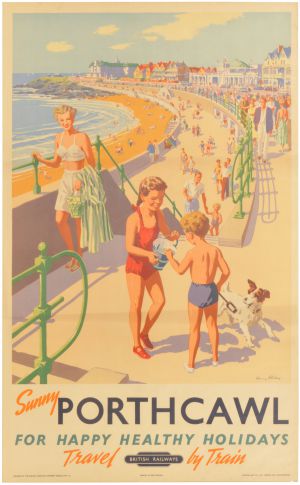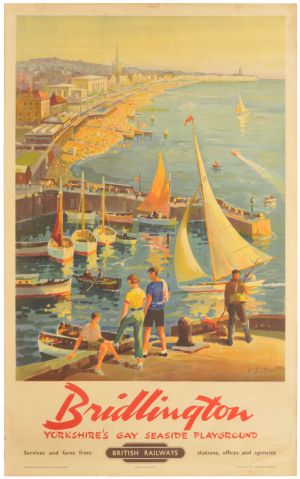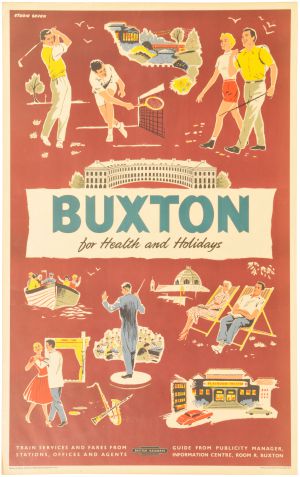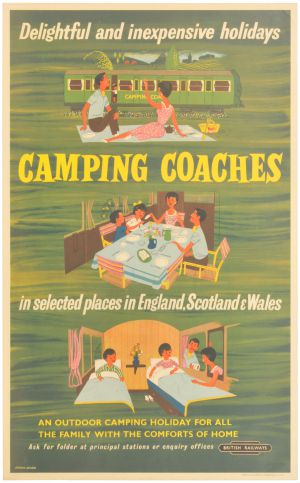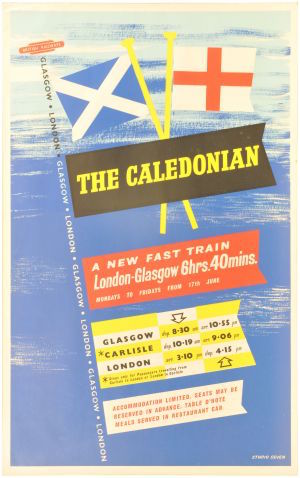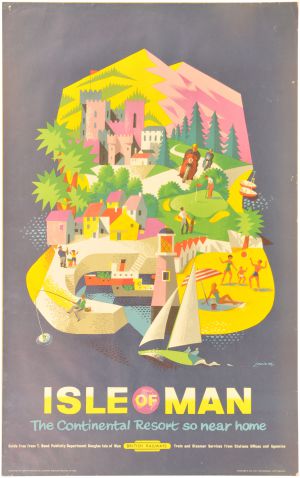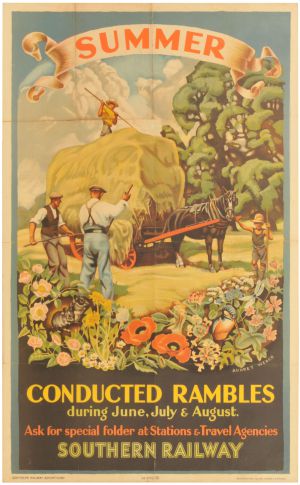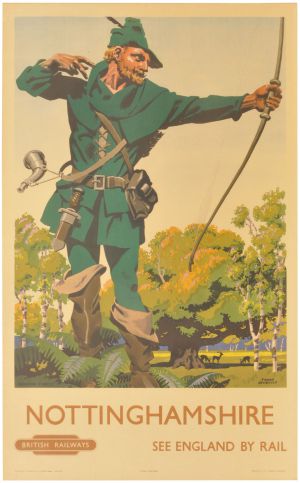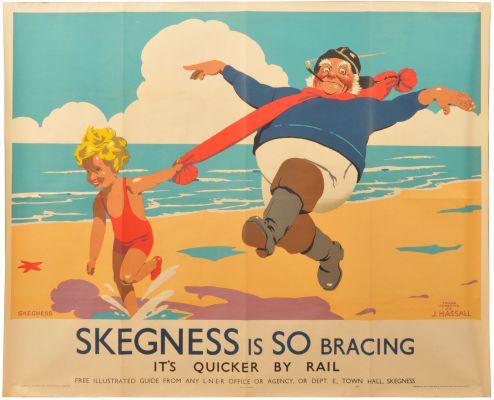Odds and ends, including string
This has appeared on eBay.
It’s fearfully expensive, with a starting price of £125, but I thought it was worth drawing to your attention, because it’s an Eckersley-Lombers design that I can’t recall having seen before. And it is wonderfully modern.
I haven’t been scrutinising eBay as much as I used to, mainly because the bargains are pretty thin on the ground these days, and there are only so many times I can post about over-priced posters and unauthorised reproductions without losing my faith in human nature. But – for an edifying lesson in a dealer’s mark-up, it’s worth looking at these.
cm.ltd, who seem to be philatelists, have clearly picked up some of the many GPO posters that have come on the market recently. I would guess that these had come from the Onslows sale, not least because of the presence of this poster of Norwich market, which seemed to be included with every single lot there. (I like to imagine a teetering pile of these posters in the corner of the archive, having to be sold in the end for reasons of health and safety.)
Yours for £20, and they’ve sold two already, which makes me even more likely to suspect Onslows as the source.
But I’m not entirely sure, because I don’t remember seeing this going past at any point, and a quick rifle through the catalogues hasn’t left me any the wiser either.
However hard I try to get the thought out of my mind, I can’t help being reminded of of a flag stuck in a giant dog poo. But despite that it is on offer for a rather more chunky £150.
I also don’t recollect this one either, and I would have thought I would, seeing as it’s related to one of my favourite subjects string.
For reasons too complicated to explain, I found recently myself googling the story of the pensioner whose wartime economies included a drawer marked ‘lengths of string, too short to be of use’. I’d always thought it was an urban legend, but found people swearing it had been true of their own parents.
That’s going for £55, and I’d be surprised if the poster cost much more than £20 to the dealer concerned, if that. I’ve been forced to think about dealer’s mark-ups recently, because I’ve had to explain to someone who got in contact with the blog that, just because there is a Harry Stevens poster on sale at Fears & Kahn for £495,
…that doesn’t mean that their smaller bus poster is therefore worth £100. I hope I didn’t disappoint them too much.
This is partly because I don’t believe that the Harry Stevens is actually worth that much, although Fears & Kahn clearly do, and are happy to wait for long enough until the right buyer comes along who wants it at that price. Which is also something that has to be factored into the valuation.
But this is also how a dealer makes their money. They have to pay for premises, storage, advertising, web presence, fairs and all of the malarkey that comes with being a business, so the added value is fair enough.
Now I can hear you protesting that none of this is exactly news, and is how the antiques trade has been working for generations. But what this does make me wonder what the actual value of a poster is. Is it the price it might fetch at auction, or is it the price that a dealer might get for it?
I’ll give you one more example, because it’s a poster I can track quite easily (and am pre-disposed towards, because it hangs in our bedroom being cheerful).
Fears & Khan have it on sale for £675, and frankly that’s what I think it should be worth. And in the past it has sold for that amount of money at Christies. Yet when it last popped up at Onslows a couple of years ago it went for £70. Which means that the seller probably didn’t get much over £50 for their trouble. So, what’s it worth?
All of which means that I am a bit wary of telling people what a poster is worth any more. Because I don’t think there is one single answer any more.
